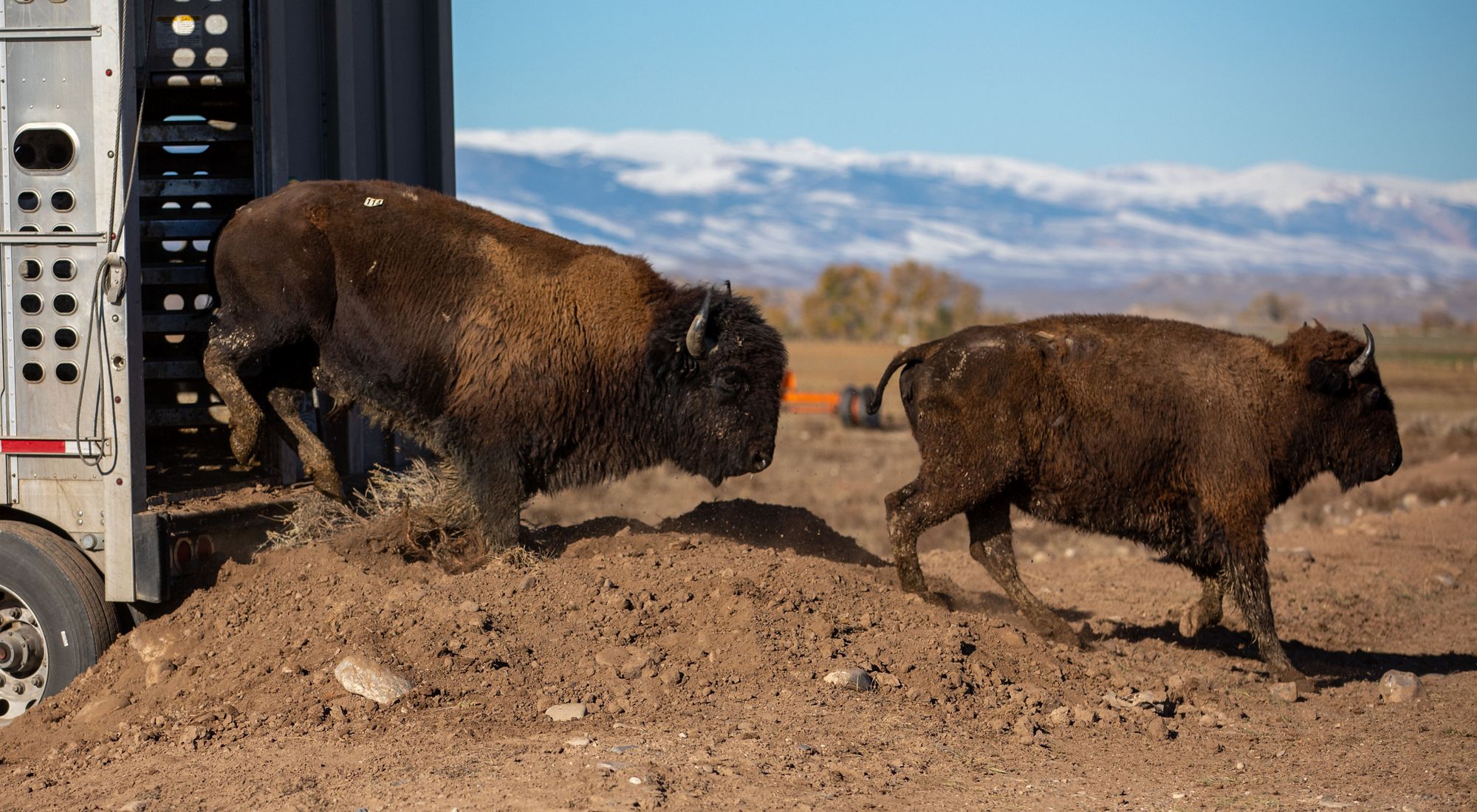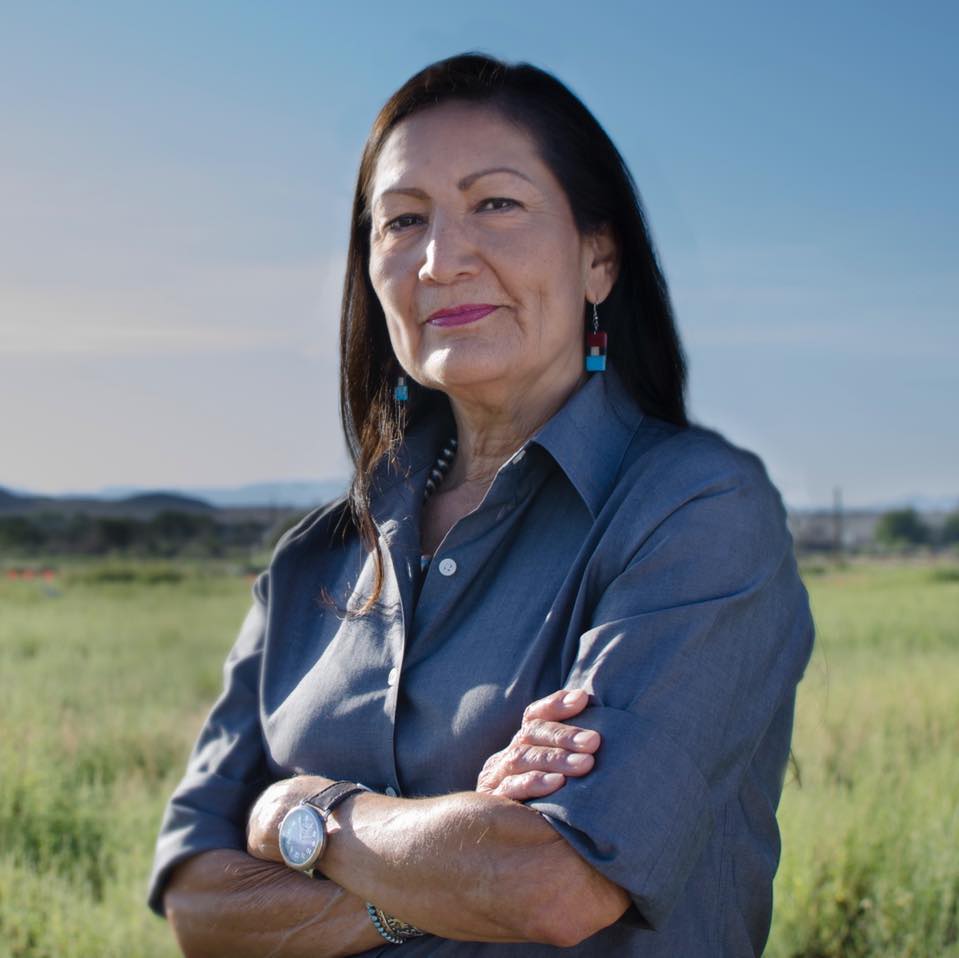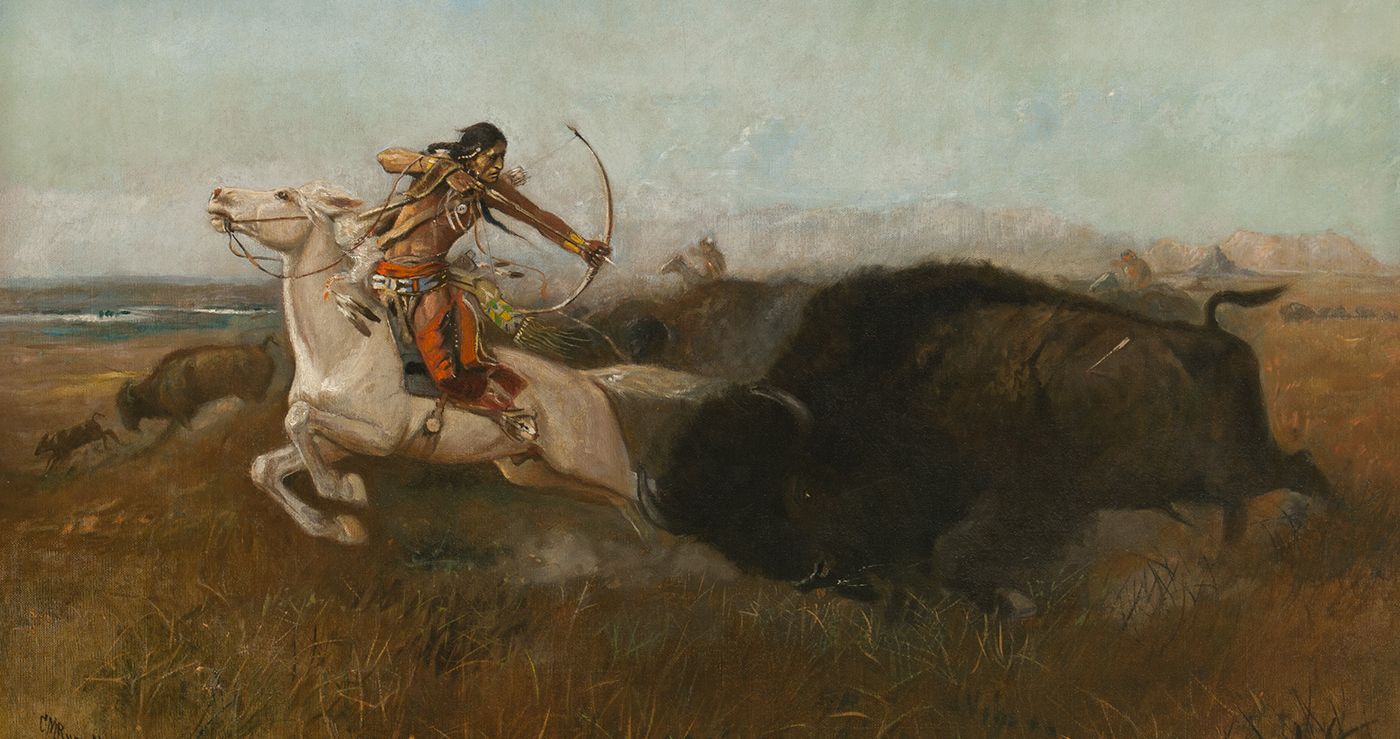Authors:
Historic Era: Era 10: Contemporary United States (1968 to the present)
Historic Theme:
Subject:
Summer 2023 | Volume 68, Issue 4


Authors:
Historic Era: Era 10: Contemporary United States (1968 to the present)
Historic Theme:
Subject:
Summer 2023 | Volume 68, Issue 4

The return of the American bison from near extinction is a conservation triumph. The iconic species, with its symbolic associations with frontier America, the Old West, and Native Americans, was down to a few hundred animals by the end of the 19th century. Today, there are about 30,000 (outside of the meat industry), many of them living large in national parks.
But the species, commonly known as buffalo, is still “near threatened,” according to wildlife watch groups; its numbers in the wild critically depleted, with fragmented herds and diminished genetic diversity. And they remain absent from the grasslands they once roamed, leaving many Indigenous communities struggling to reestablish their historical connection to these majestic animals, a deeply spiritual element of their heritage.
In March, Deb Haaland, the new Secretary of the Interior and the first Native American to serve in a Cabinet Secretary position in U.S. history, announced an innovative program to restore wild bison populations across their formerly vast terrain.

“The American bison is inextricably intertwined with indigenous culture, grassland ecology, and American history,” she explained at a Washington D.C. World Wildlife Day press conference. “Significant work remains to not only ensure that bison will remain a viable species, but also to restore grassland ecosystems, strengthen rural economies dependent on grassland health, and provide for the return of bison to tribally owned and ancestral lands.”
Tribal knowledge and stewardship will be integral to this restoration effort, she said.
Haaland is a 35th-generation New Mexican through her maternal lineage and a member of the Laguna Pueblo. As Secretary of the Interior, she supervises the Bureau of Indian Affairs and ten other bureaus responsible for the nation’s environment, water, wildlife, and national parks, along with managing 500 million acres of land.
Chosen for the position by President Joe Biden, she received Senate confirmation in early 2021. Previously, Haaland was one of the first Native American women to be elected to Congress (the other is Sharice Davids of Kansas). She quickly earned a reputation as a can-do lawmaker and was reelected in 2020.
in Vietnam. Camila Falquez-Thompson- need permission." data-entity-type="file" data-entity-uuid="3d75b878-2058-4898-b04a-888c02ce4b1b" height="219" src="https://www.americanheritage.com/sites/default/files/inline-images/Haaland%27s%20parents_0.JPG" width="381" loading="lazy">
Haaland’s mother was a Navy veteran, and her father, a Norwegian-American, was a Marine combat veteran who was awarded a Silver Star for his service in Vietnam. After moving around from one military post to the next, the family settled in Albuquerque. Haaland attended the University of New Mexico, and, while she was a struggling single mother, she supplemented her income by selling homemade salsa. She graduated with a degree in Indian law from the university’s School of Law.
In 2015, Haaland became the chair of New Mexico’s Democratic Party — the first Native American woman to lead a state party. “I got into politics because I really wanted more Native Americans to get out and vote,” she said in an interview.
With her bison- and prairie-restoration initiative, she is again breaking new ground for indigenous people. The federal government has committed $25 million to increase wild bison populations and relocate herds to tribal lands. “While the security of the species is a conservation success,” she said, “they remain functionally extinct to both grassland systems and the human cultures with which they co-evolved.”
Bison confer many benefits to their terrain. They turn the soil and aerate it with their sharp hooves, allowing it to hold more water; their manure provides fertilizer for plants; their wallowing creates small ponds, and their migratory roaming distributes seeds and facilitates prairie biodiversity. They are a keystone species, which means that hundreds of other species depend on their presence and their impact on the landscape.

Bison are the largest land mammals in North America, and the widest-ranging. Males are huge, weighing up to 2,000 pounds and standing six feet tall. They are startlingly agile and can jump high in the air and run as fast as a racehorse. Their distinctive hump is actually solid muscle that allows them to maneuver their heavy heads and the horns that protect them from predators. During freezing Midwest winters, they swing their horns from side to side to act as a snowplow so they can forage beneath the snowpack.
Bison once numbered upward of 50 million in North America, roaming freely for 10,000 years across the Great Plains and similar habitats from Canada to Mexico. Indigenous communities where bison were abundant developed a deep affinity for the species, and relied on them for food, shelter, clothing, tools, and cultural and religious rites. They used